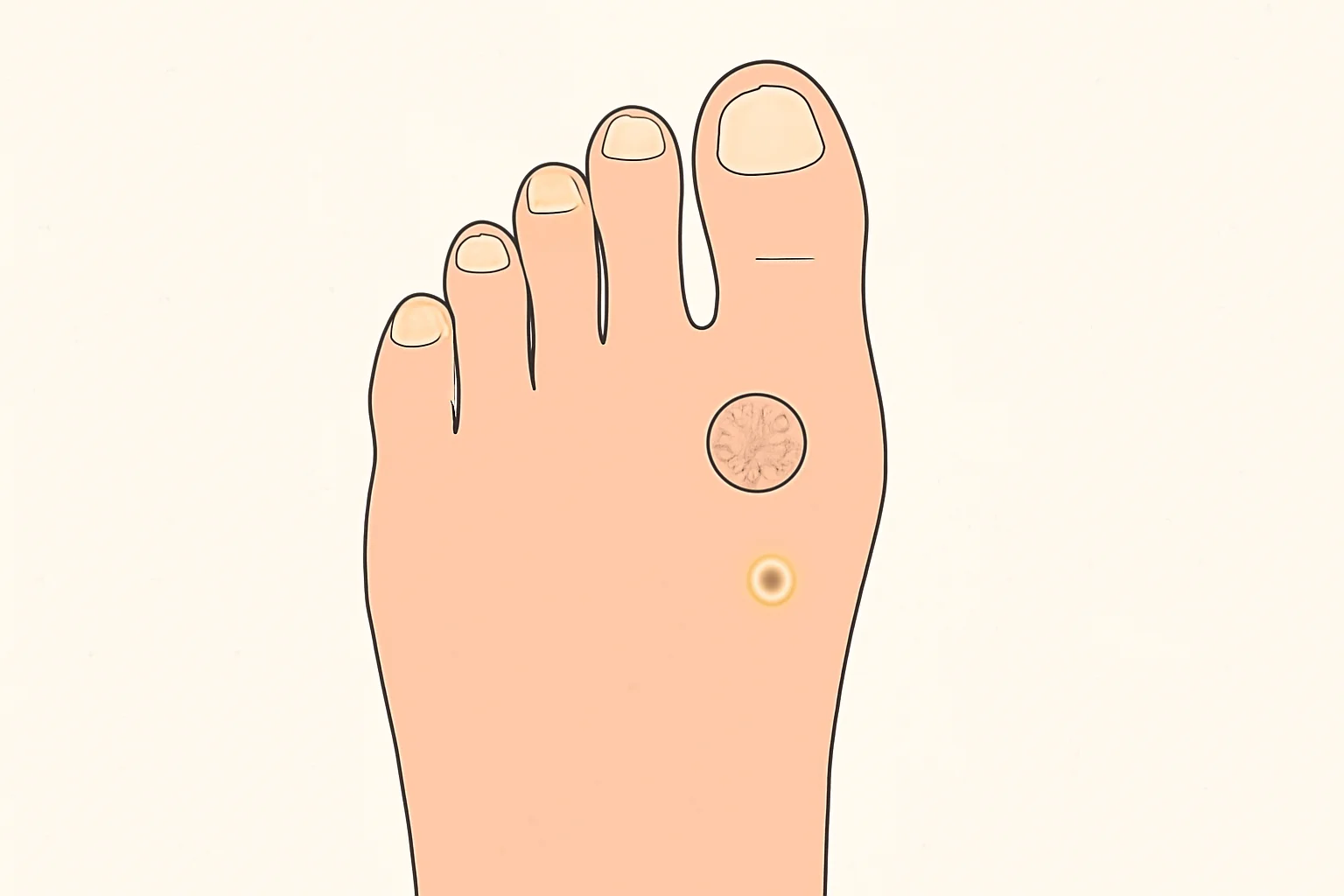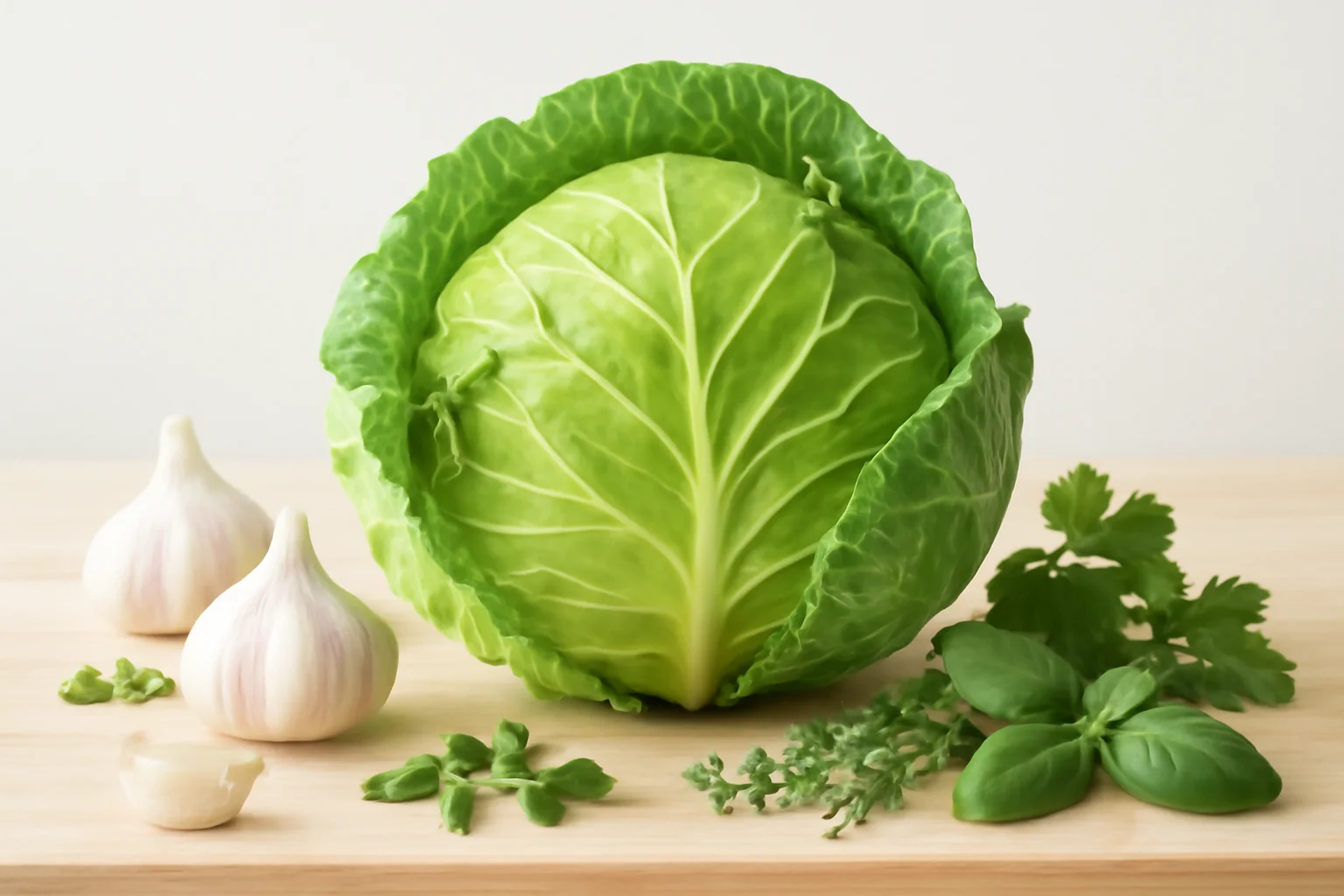
Wart or Corn? When and How to Treat Them?
The skin is our largest organ, constantly exposed to environmental factors and facing numerous issues. Two common skin problems that many encounter are warts and corns. These skin lesions can take various forms, and although they may appear similar at first glance, they can stem from different causes and require different treatments.
Warts are lesions caused by the human papillomavirus (HPV), which are generally painless but not aesthetically pleasing. These skin growths can appear in various places, such as on the hands or feet. Corns, on the other hand, typically develop on the feet, especially between the toes or on the soles, and result from excessive pressure or friction.
Skin lesions can often be a cause for concern, as it is not always easy to distinguish between them. It is important to be informed about their differences, as this can aid in making the correct diagnosis and selecting the appropriate treatment. In the following sections, we will take a closer look at warts and corns to better understand how they develop, how they can be treated, and when it is advisable to see a doctor.
Warts: Causes and Characteristics
Warts are small, rough-surfaced lesions that appear on the skin and are caused by the human papillomavirus (HPV). HPV is a virus that includes more than 100 different strains and can lead to various types of warts. The most common forms include common warts, plantar warts, flat warts, and filiform warts.
Common warts typically appear on the hands and fingers. These skin growths are often painless but can be bothersome due to their appearance. Plantar warts develop on the soles of the feet and can often be painful since they are under pressure from body weight. Flat warts usually occur in young people and have a smooth, flat surface. Filiform warts are elongated and raised, most commonly found on the face or neck.
The appearance of warts is often a result of a weakened immune system, stress, skin injuries, or viral infections. Warts can easily spread through skin-to-skin contact or by using contaminated surfaces, such as swimming pools or showers. In most cases, warts can resolve on their own, but if they are bothersome or painful, several treatment options are available.
Various methods can be used to treat warts, such as freezing (cryotherapy), laser treatment, or the application of different topical medications. It is important to undergo treatment under the guidance of a dermatologist, as improper treatment can lead to further skin problems.
Corns: Symptoms and Prevention
Corns, or the thickening of the skin that occurs due to the thickening of the outer layer (epidermis), typically develop on the feet, especially on the soles and between the toes. The formation of corns is most commonly due to excessive pressure or friction. This often occurs due to uncomfortable shoes, prolonged standing, or foot deformities.
The appearance of corns can be painful, especially during walking or standing. Corns are usually yellowish or whitish in color and have a hard, smooth surface, often with a small, painful center. Corns not only pose an aesthetic problem but also hinder movement, making it important for them to receive appropriate treatment.
To prevent corns, it is advisable to pay attention to the comfort of footwear. Wearing well-fitting, soft, and breathable shoes can help avoid pressure on the feet. Additionally, foot care, such as regular pedicures, can also contribute to preventing the formation of corns.
If a corn has already developed, several treatment options are available. The most common method is the removal of the corn, which can be performed by a dermatologist. Additionally, various creams that soften and exfoliate the skin can be used during the treatment of corns, aiding in skin renewal.
Differences Between Warts and Corns
Although warts and corns may appear similar at first glance, there are several important differences between them. Firstly, while warts are viral lesions, corns result from mechanical irritation. Warts are generally painless, while corns can often become painful due to pressure.
Their appearance also differs: warts typically have a raised, rough surface, while corns have a smooth, hard surface and are often yellowish in color. Warts can appear in many locations, while corns primarily develop on the soles and between the toes.
When establishing a diagnosis, it is important to consult the appropriate medical professional who can accurately determine which lesion is present. A correct diagnosis helps in selecting the appropriate treatment method and avoiding further skin problems.
If you are struggling with any skin issue, it is advisable to consult a specialist to receive the most suitable treatment. Dermatologists can assist in the diagnosis and treatment of warts and corns, as well as provide advice on prevention.
A crucial note: this article does not constitute medical advice. If you experience any health issues, be sure to consult a doctor.

